The National Park Authority is the independent public body with statutory responsibility for the protection of the National Park.
The Authority’s work has seen many successes, including the opening of Hafod Eryri, the visitor centre on the summit of Yr Wyddfa, and has responded to many challenges over the decades.
Although Eryri had been a designated National Park since 1951, the Park Authority did not become an independent body and Local Planning Authority as it is today until 1996.
Eryri was designated an official National Park on 18 October 1951, following the introduction of the National Parks and Access to the Countryside Act 1949.
The boundaries of the National Park were established in 1950 following the recommendations of the National Park Commission, of which Sir Clough Williams-Ellis was a member.
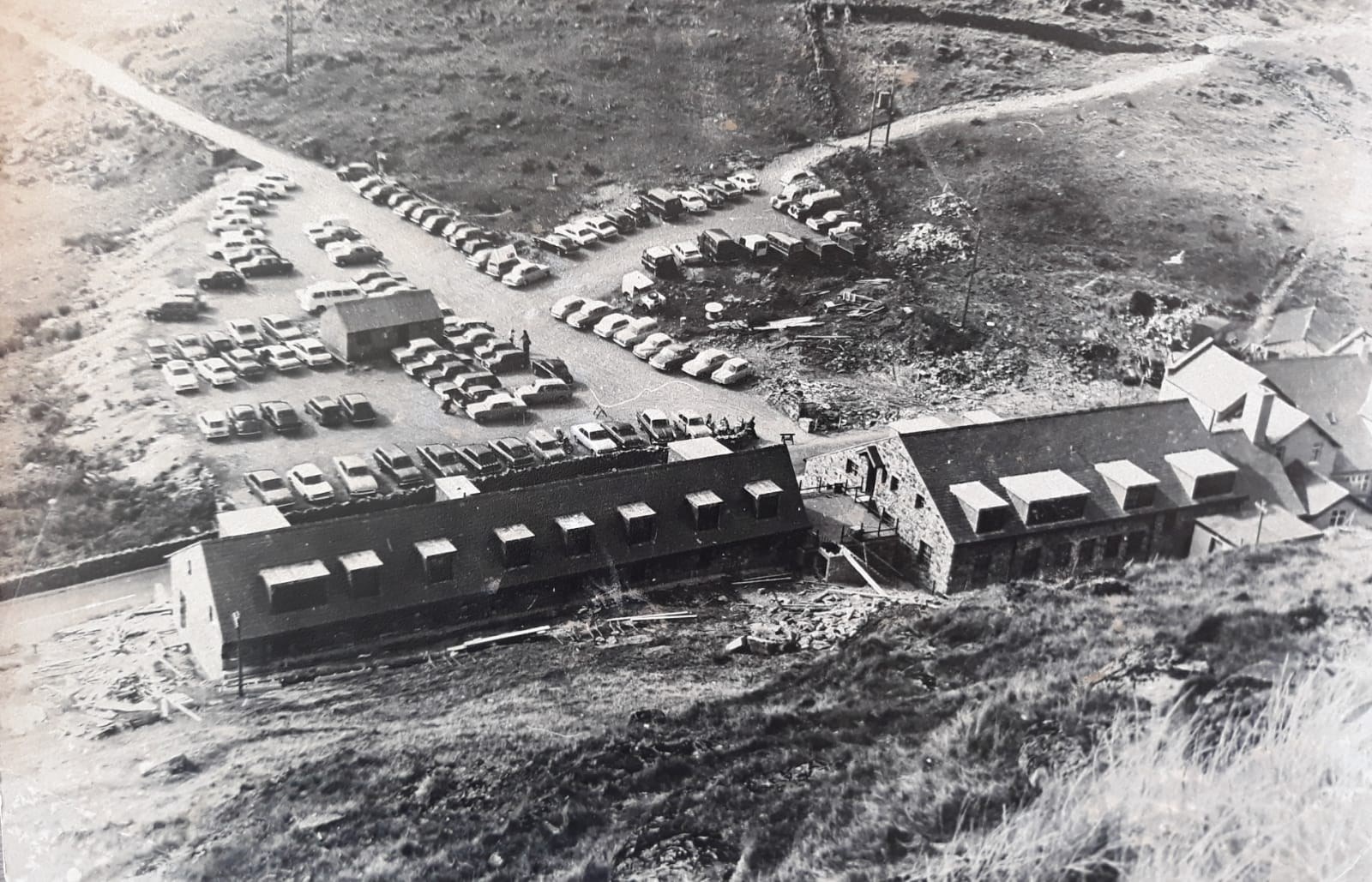
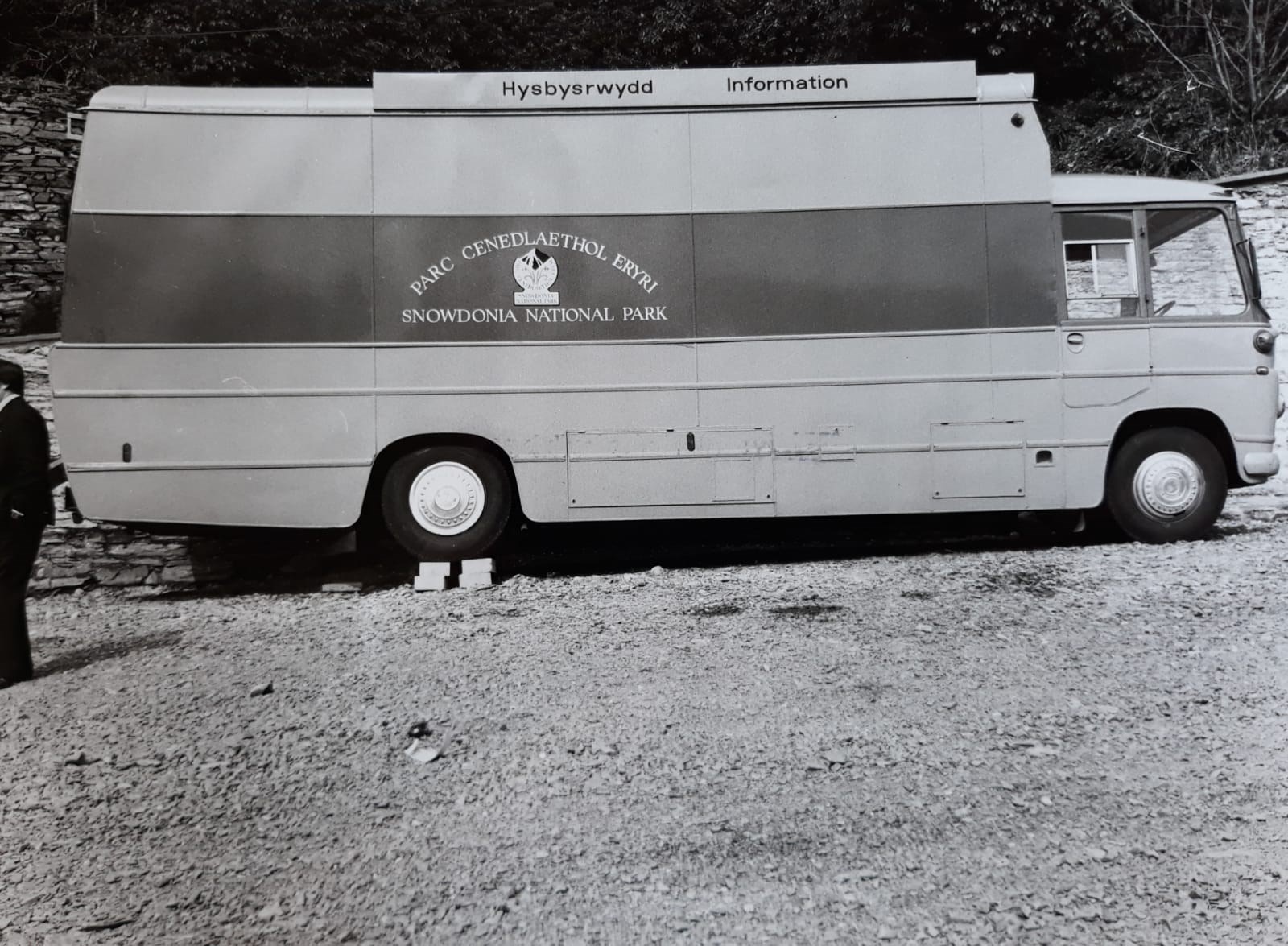


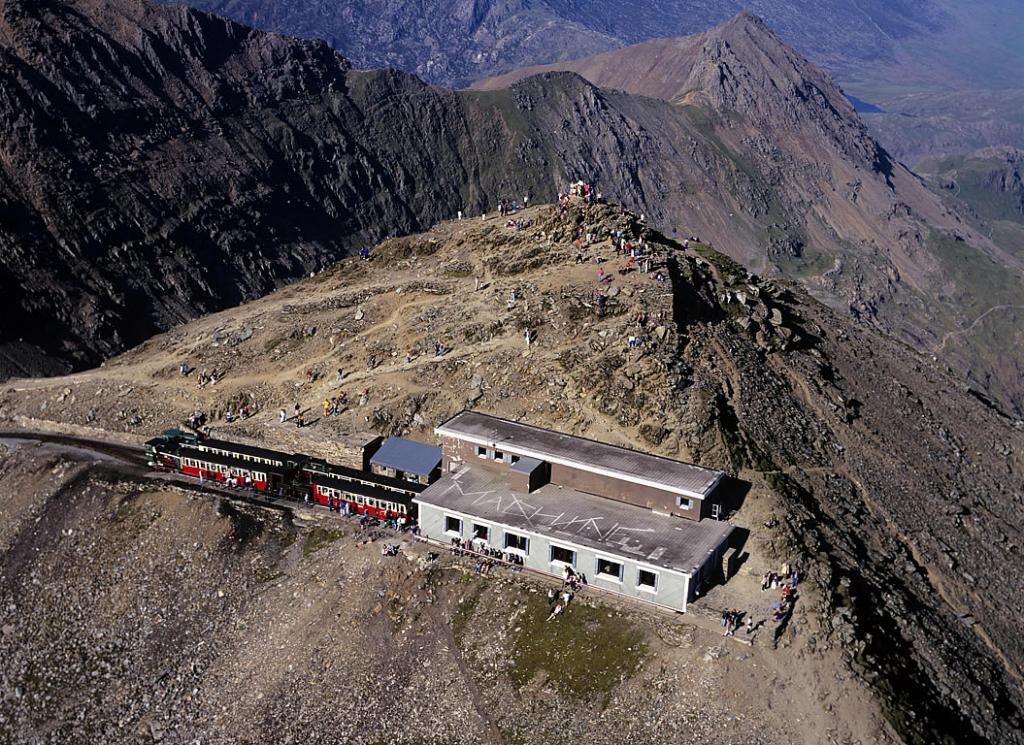
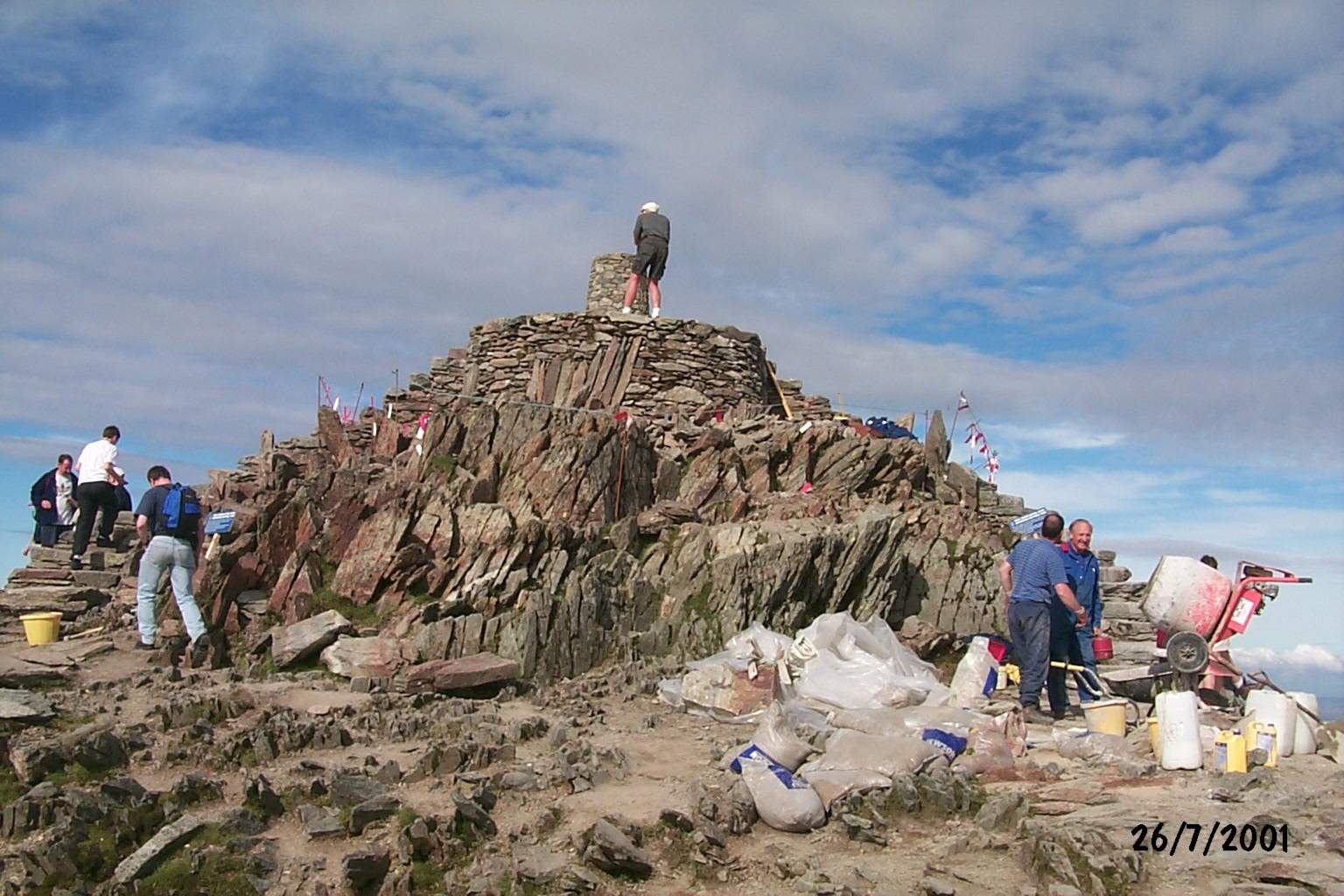
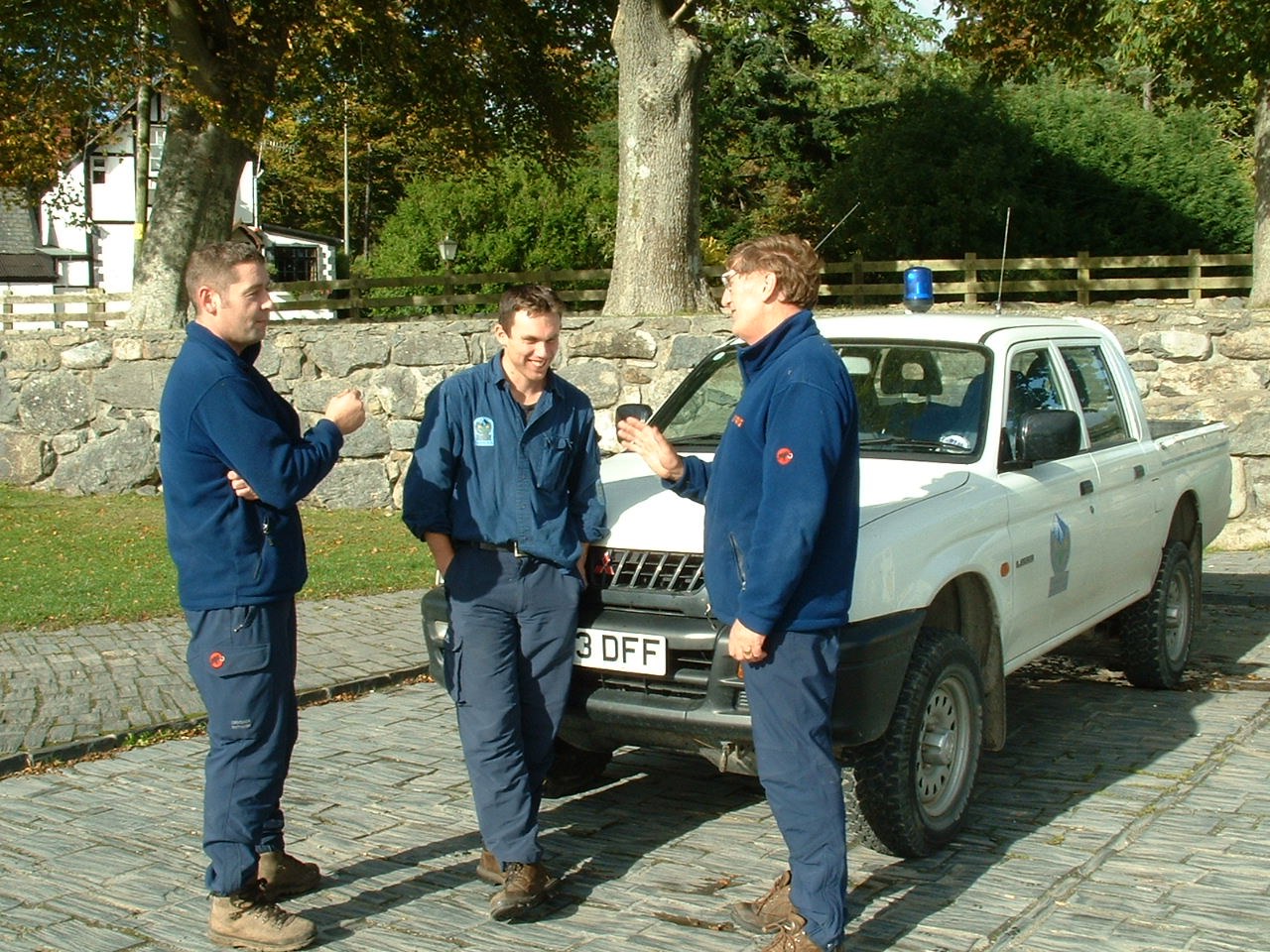
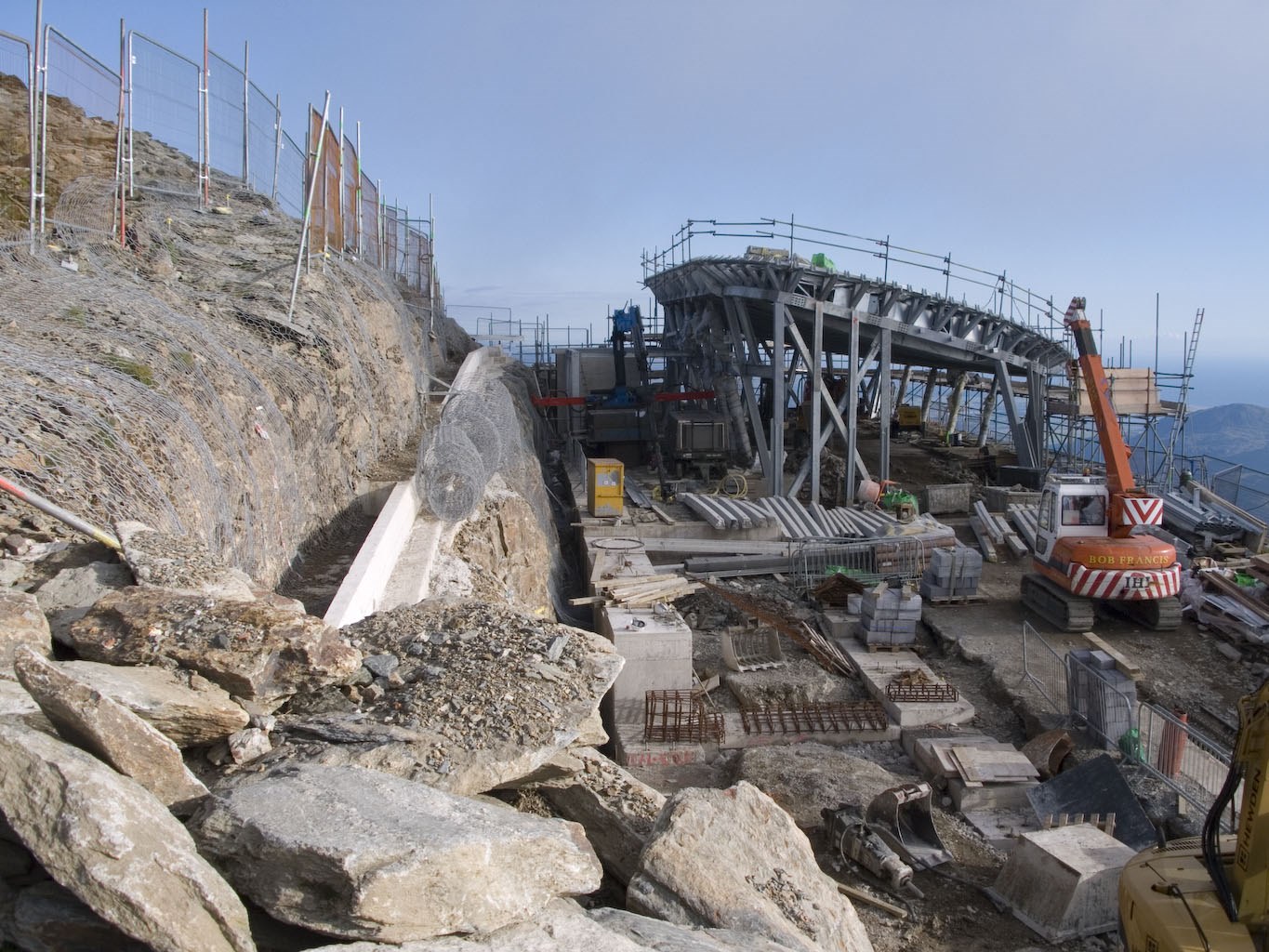
Discussions on how the National Park should operate reached a stalemate in 1952, with some suggesting that an independent board should run the Park while others favoured giving powers to County Councils.
The negotiations reached a compromise, and a Joint Advisory Committee was established. The National Park began to function fully in 1953, focusing on issues such as rural depopulation, the decline of traditional industries, and low living standards.
The 50s were an important period in the history of the National Park, with the designation of Cwm Idwal as a National Nature Reserve and the designing of the National Park’s logo, which is still in use today.
The Park’s first Information Centre opened in Llanrwst, with Dolgellau following in 1959 and attracting 3,000 visitors throughout the summer. A car park and viewpoint were built in Nant Gwynant to alleviate parking problems.
The Wardens Service was established in 1961, with Gwilym Owen and Warren Martin appointed as the first wardens.
It was decided that Yr Wyddfa be designated a National Nature Reserve after discussions between the National Park and the Nature Conservancy.
Y Bala Information Centre opened its doors and recorded over 1,500 visitors during its first season. The National Park took over responsibility for Llyn Tegid after its acquisition by Meirionnydd County Council in 1964.
Plas Tan y Bwlch, the Park’s Environmental Studies Centre, was purchased for £30,000, along with its gardens, woodlands and lakes.
Information Centres were opened in Blaenau Ffestiniog and Llanberis, with over 18,000 visiting the Llanberis centre during its first season. The old railway line between Pont y Wern Ddu and Morfa Mawddach was also purchased, and over the years, this route was developed into the Mawddach Trail, which now extends to Dolgellau.
Following Local Government reform in the early 70s, Eryri National Park became a division of Gwynedd County Council.
In 1974, the National Park became responsible for planning and development, with any planning applications outside its boundaries to be determined by the National Park Committee.
The National Park purchased land at several popular locations to provide services to visitors, including Llyn Cwellyn, Llynnau Mymbyr, Betws-y-Coed, Beddgelert and Nant Peris. Following restoration work, Plas Tan y Bwlch was opened as a study centre in 1975.
The Sherpa’r Wyddfa bus scheme was launched to alleviate parking problems at popular locations by transporting walkers to the starting points of popular paths.
The 80s started on a high note as the World Canoeing Championship was held in Y Bala and attracted people from all over the world to Eryri. Promoting the National Park was very important, and the Youth and Schools Liaison Officer promoted the Park’s message in cities such as Liverpool, Manchester and Birmingham.
In 1983, Eryri National Park bought the building on the summit of Yr Wyddfa from the railway to assist with repairs, before leasing it back to the railway upon completion of the work.
Acorns from the woodlands of Plas Tan y Bwlch were cultivated, and seedlings were grown and donated to Kew Gardens to deal with the devastation of the 1987 hurricane.
In 1989, to mark the 40th anniversary of the National Parks and Access to the Countryside Act, a team from Eryri cycled to Chatsworth.
The Environment Act 1995 led to greater responsibility for the National Parks of England and Wales by adding the protection and enhancement of the area’s wildlife and culture to their remit, as well as a duty to foster the economic well-being of communities in the Park.
The National Park’s new offices, built from natural materials, opened in Penrhyndeudraeth.
In 1996, Eryri became an independent Local Authority and Local Planning Authority.
The Upland Paths Partnership was formed to combat erosion on some of Eryri’s most popular trails, with Yr Wyddfa, Cwm Idwal and Cader Idris benefiting from the work.
Eryri National Park celebrated its 50th anniversary in 2001, and a conference was held for all Welsh National Parks. To coincide with the event, Betws-y-Coed Information Centre was officially renovated and opened on 18 October, exactly 50 years since the Park was established.
2001 proved to be a challenging year as foot and mouth disease once again threatened the agricultural industry and the tourism industry.
The spread of the disease had slowed by June, and the majority of Eryri’s footpaths were re-opened.
12 June 2009 was an important day in the history of The National Park Authority, with the official opening of Hafod Eryri, the new visitor centre at the summit of Yr Wyddfa. Hafod Eryri was opened by the Rt. Hon. Rhodri Morgan AM, then First Minister of Wales. The centre was designed by architect Ray Hole and built to withstand severe weather, from winds of 150mph to temperatures as low as -20°C.
In March 2012, the Authority celebrated the acquisition of Yr Ysgwrn, Trawsfynydd, securing the future of the farmhouse as a symbol of national history for many years to come.
In 2014, Lôn Gwyrfai, a new multi user route from Rhyd Ddu to Beddgelert, was opened as part of Cylchdaith Yr Wyddfa (Snowdon Circuit).
The Yr Wyddfa Partnership was established in 2018, leading to the publication of the Yr Wyddfa Partnership Plan later that year, which introduced cross-organisational strategies in response to challenges such as the area’s popularity.
2020 was a challenging year not only for the National Park but for everyone around the world as the COVID-19 pandemic spread internationally and transformed our day-to-day lives overnight.
The National Park Authority has had to take unprecedented steps to ensure the safety and welfare of the public and National Park staff, including the closure of open areas within Eryri.
The National Park experienced its busiest day in history in the summer of 2020 when some of the pandemic restrictions were eased. The Authority faced new challenges in terms of parking and transport as well as over tourism.
In late 2020, the National Park’s statutory management plan, Cynllun Eryri, was launched. Drawing up the plan reflected a significant change in the Authority’s approach, as collaboration and partnerships were placed at the heart of protecting and enhancing the National Park.
Despite significant challenges, the Authority celebrated the 70th anniversary of Eryri’s designation as a National Park on October 18, 2021. A trip from the north of the Park in Conwy to the south of the Park in Aberdyfi was organised to mark the occasion, with members and staff walking, cycling, paddleboarding and swimming parts of the trip.

